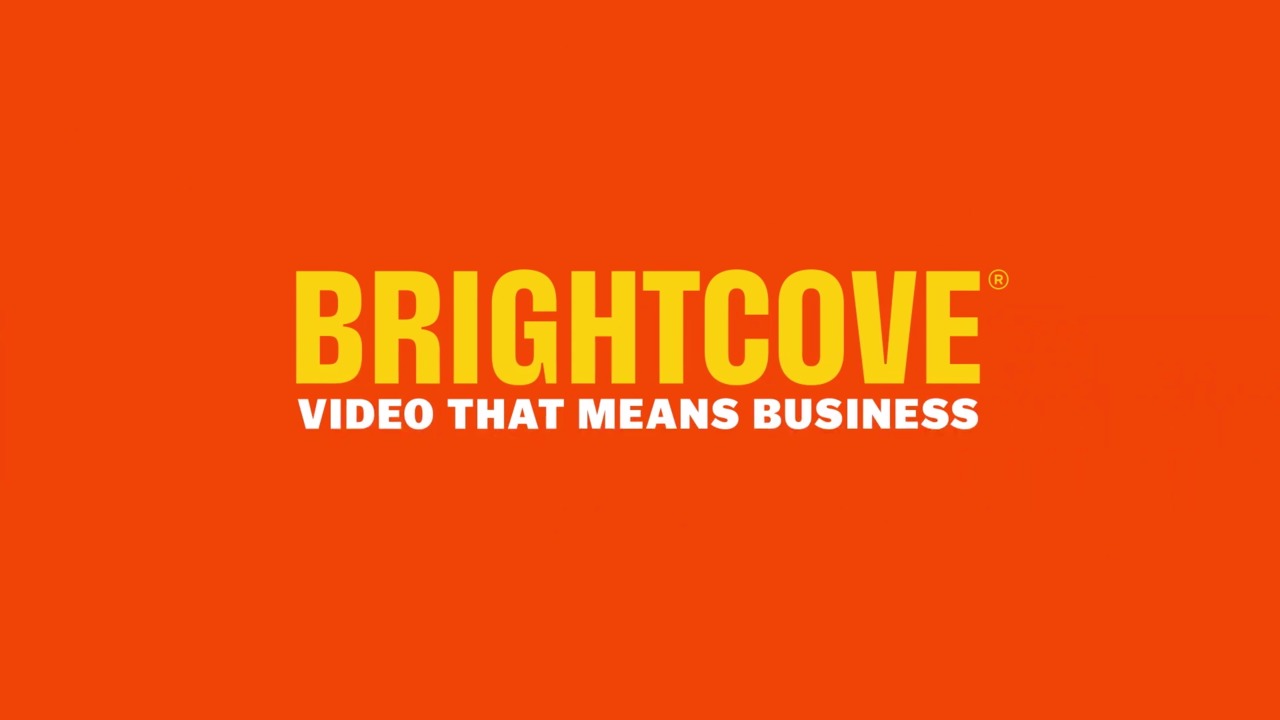HTML5 Video and the End of Plugins
Recording, uploading and transcoding video straight from the browser
Video on the web continues to grow by leaps and bounds. If you want a cheap-but-good analogy, it's about a tween: it already knows a lot, but still has substantial growth ahead. It's becoming too cool for plugins like Flash and Silverlight, but a lot of the shiny and exciting APIs on the edge of the spec still need to mature a little.
Last year at WebExpo I gave a talk about the future of video on the web, as well as a brief foray into new and exciting features that were on the way. Some of the things I talked about, like Encrypted Media Extensions, were, for the most part, still a pipe dream with few to no working implementations. Now, just a year later, nearly all of the things discussed in that talk have meaningful implementations in most modern browsers.
I recently gave a talk at Developer-Week about how the future of video on the web has arrived. During the talk we walked through real world examples of each "future" feature and, amazingly, talked about how each of the features could be (cautiously) used in the wild today.
One of those features was WebRTC and using the APIs individually. We built a simple example of using getUserMedia to request a user's webcam and display it in a video element. To take this a step further, let's take that example and use it to save, then transcode content directly from the browser.


